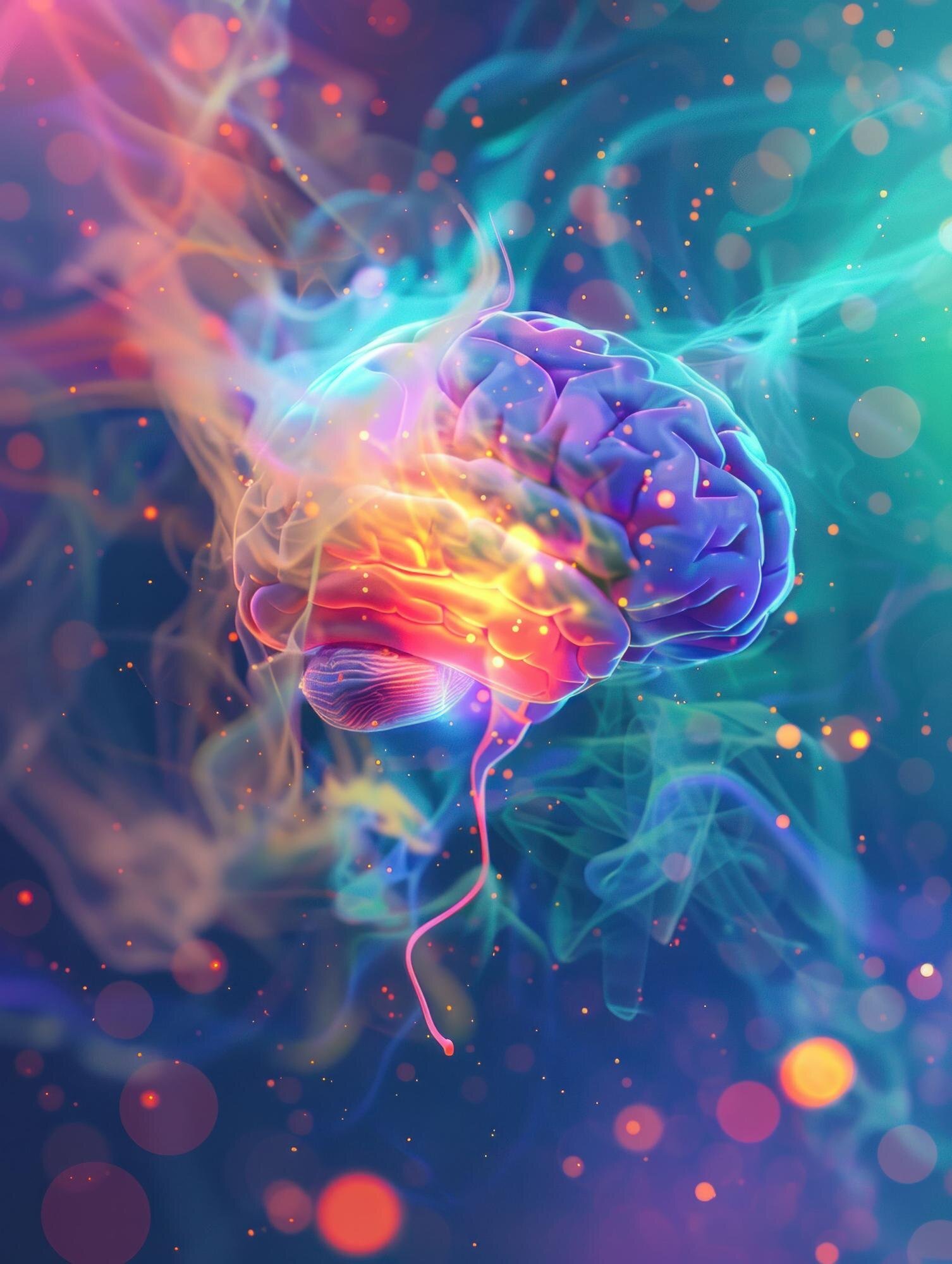
The Science Behind Compulsive Behaviors: Understanding Your Brain’s Survival Mechanism
You might think your compulsive behaviors are signs of failure. But what if they’re actually your brain’s way of keeping you safe? Understanding the brain survival mechanism behind these actions can shift your perspective from self-blame to self-understanding. You’re not broken. You’re overwhelmed, and that can change. In this space, you’ll learn how to heal compulsions with compassion, stepping into a journey where emotional safety becomes your new normal. Ready to break free from the cycle? Let’s explore how VK Circle coaching can transform your life. Learn more about the science behind compulsive behaviors.
Brain’s Survival Instincts

Understanding compulsive behaviors as part of our brain’s survival instincts can be enlightening. This section delves into how these behaviors are deeply rooted in neurological functions, aiming to protect us from perceived threats.
Compulsive Behaviors Explained
Compulsive behaviors are actions that individuals feel compelled to perform repeatedly, often without rational justification. They are not choices but responses driven by the brain’s wiring. Think of them as survival mechanisms rather than conscious decisions. This perspective can shift how we perceive and manage these actions.
Research reveals that certain brain cells play a pivotal role in obsessive-compulsive disorder (OCD) Learn more. These cells trigger compulsions as a way to prevent harm, linking actions directly to survival instincts.
In many cases, these behaviors become mechanisms for coping with stress or anxiety. By understanding this, individuals can begin to see their compulsions not as failures, but as the brain’s misguided attempts to maintain safety. This knowledge is the first step toward healing.
Understanding the Brain Survival Mechanism
The brain’s survival mechanism involves neural pathways that react to perceived threats. When these pathways become overactive, compulsions can form. This is a natural but sometimes misdirected survival tactic.
According to a study on OCD, the brain can get stuck in a loop of perceived “wrongness,” driving compulsive actions to correct it More insights here. Recognizing this pattern allows individuals to start breaking free by understanding the brain’s intent.
Ancient wiring in the brain, responsible for addiction, also plays a role in compulsions. These circuits are designed to ensure survival but can become maladaptive in modern life Explore further. Awareness of these mechanisms is crucial for developing healthier responses.
Emotional Safety and Healing

Creating a safe emotional environment is essential for healing compulsions. This section explores how shifting from self-blame to understanding can foster recovery and emotional well-being.
Shifting from Self-Blame to Understanding
Shifting from self-blame to understanding involves recognizing compulsive behaviors as the brain’s attempt to cope with overwhelming emotions. This shift is pivotal to healing.
Acknowledge the compulsive behavior without judgment.
Understand that these behaviors are rooted in survival instincts.
Replace blame with curiosity about what the behavior might signify.
By following these steps, individuals can begin to see their behaviors as signals rather than failures. This perspective fosters compassion and paves the way for healing.
In practical terms, this means reframing thoughts from “Why can’t I stop?” to “What is my brain trying to protect me from?” This change in mindset is crucial for emotional safety and recovery.
Steps to Heal Compulsions with Compassion
Healing compulsions requires a compassionate approach that recognizes the emotional pain behind these actions. Here’s how to start:
Identify triggers and patterns in your compulsive behaviors.
Practice self-compassion by speaking to yourself kindly.
Seek supportive communities or resources that prioritize non-judgmental understanding.
A mix of self-reflection and external support can guide individuals toward healing. By focusing on compassion, individuals can create a nurturing environment for change.
Research underscores the importance of emotional safety in overcoming compulsions Read more. Providing this safety allows for genuine healing and growth.
Empowerment Through VK Circle Coaching

VK Circle Coaching offers a pathway to empowerment by addressing the emotional and neurological roots of compulsive behaviors. This section highlights how their approach can facilitate lasting change.
Breaking Free from the Cycle
Breaking free from compulsive cycles involves recognizing and altering the patterns driving these behaviors. VK Circle Coaching offers tools to achieve this.
Awareness exercises help identify compulsive triggers.
Emotional regulation techniques promote calm and clarity.
Community support fosters connection and growth.
VK Circle’s approach is grounded in compassion and non-judgment, making it accessible for those seeking change without clinical intervention. This supportive environment encourages individuals to reclaim their power over compulsions.
Emotional Freedom and Lasting Change
Achieving emotional freedom involves adopting strategies that emphasize self-worth and healing. VK Circle Coaching focuses on creating lasting change through actionable steps:
Daily practices to reinforce positive behaviors.
Ongoing support to maintain progress.
Tailored guidance to meet individual needs.
These elements combine to offer a transformative experience, freeing individuals from the emotional chains of compulsive behaviors. By focusing on empowerment, VK Circle Coaching provides a roadmap for sustained emotional well-being.
🔍✨



